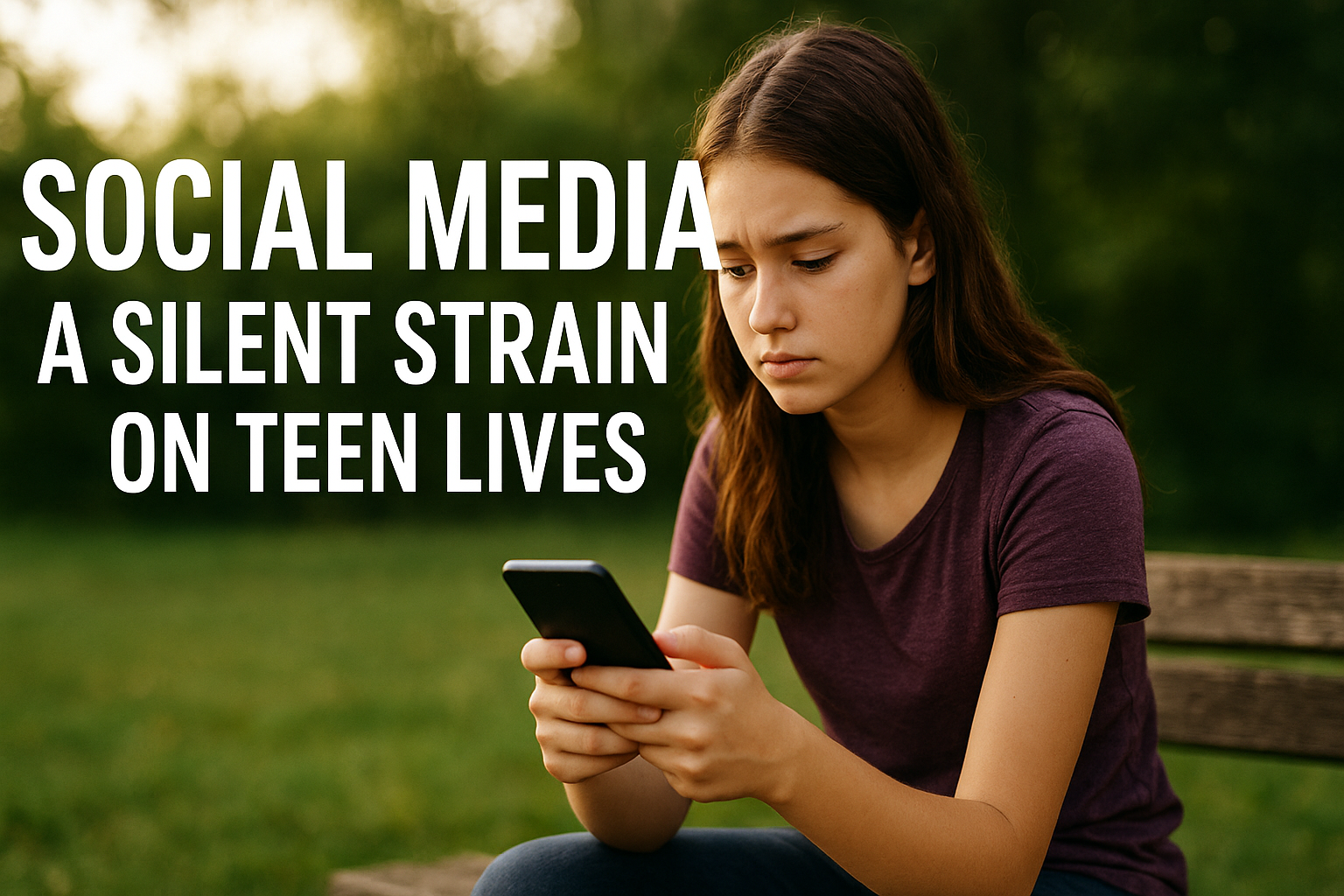Resources
ZOOM DOOM – For the Concerned Parent
By Jesmen Mendoza, Phd and Sonny KH Wong, M.Ed.
This Academic Year, Students May Experience These Scenarios
The two scenarios in this article are intended to help parents foster their child(ren) transitional skills from traditional to online learning. However, if you are an adult learner returning back to school – this content may be relevant to you too.
Scenario: “Help, I think my student may just give up on remote learning and this new student experience.”
It’s September, and the first weeks of school have finished and your student has declared that they want to leave the University.
Entering a new learning environment, at any age, involves overcoming some challenges. This year, the transition from high school to University has a remote learning/experience factor as an extra added dimension for students to now manage. Despite this added dimension, acknowledging and gently encouraging them to accept that this year is indeed different from what they have imagined, and naming your student’s struggle, can help with the challenge of this unique transition. It might also be helpful to note to your student that they may have some unique opportunities that they can take advantage of or appreciate during this time. For example, you might highlight how not commuting is a helpful side benefit to this remote instruction; that they don’t have to carry a heavy bag of books and a laptop; or have reduced expenses and less spending associated with eating out at the cafeteria or food courts. Aside from what is described here, please refer to Scenario 3 for other helpful hints at assisting your student with other types of transitional issues.
Transitional Issues in this Scenario:
• Making meaning of their new and unexpected virtual reality
• Adjusting to the virtual classrooms
• Coping with social isolation
Students Say:
• “definitely it is not what I was told it will be like… this will suck”
• “it is already hard enough for me to talk in a regular class room and now I have a cam in my face and everyone is staring at my face on camera and I can’t even see some of them…they don’t have their cams on…”
• “how do you even make new friends in school when there is no school to go to?”
How You Can Help:
• Your student may conclude that virtual learning and experiences are meaningless. You can encourage your student to make their own meaning of their experiences and that their learning and their student experience is essentially their own responsibility. Suggest that they can still make the best of this situation.
• Discuss with your student what they might want from school, and encourage your student to be curious on how they can get the support.
• Remind your student that the online world is not new to them and suggest that formal and informal class discussions can be held through Zoom, Facebook, Instant Messages, email, chat rooms or specially designed e-bulletin boards.
• Ask your student to identify which forms of participation they are most comfortable with and encourage them to further develop those behaviour in other virtual forums when their peers gather (e.g., if they enjoy asking questions of others, can they do that in the chat function of their Zoom call).
• Suggest to your student that opportunities to make connections with your peers, teaching assistants, and professors require some participation and encourage them to not avoid by turning on their video camera while participating virtually.
• Learning remotely requires self-management. Let your student know that managing their emails and other online communication tools with their groups and professors in a timely way is another aspect of their learning, in addition to being mindful of their assignments/tests/exams.
• Discuss with your student how live and synchronous lectures may give them more opportunity to participate and learn, as opposed to relying on recorded or asynchronous lectures. Suggest to your student that they use recorded lectures as a reference part of their exam preparation.
• There is a difference between alone and loneliness. Highlight to your student how virtual learning may be more independent but no one expects you to learn on your own 100% of the time.
• Explain to your student how there is a learning curve and an adjustment period during the first year of University. Suggest to your student to be patient with themselves as they adjust to University and this novel way of learning. Also, professors expect your student to ask a lot of questions, and encouraging your student to be curious may even help your professors make their first virtual course more interactive and better.
• Encourage you student to reflect on their experience by gathering their thoughts/insights and making meaning of what they’ve learned about themselves and the University experience. Point out to your students how sharing these thoughts and feelings will not only let others, including their peers, know how they are doing but may be surprised to find out that their peers may be thinking the same thing.
Scenario 2: “Help, I think my student may have Zoom Doom.”
It’s the beginning of October. — over involvement
Many workplaces in different sectors have had to rapidly adapt to the COVID-19 pandemic and this University is no different. For the University to continue their mission of teaching, learning and research, teaching faculty/staff have come to utilize video conference platforms, like Zoom, to adapt to this remote form of instruction for the foreseeable future and until the pandemic is over and/or restrictions ease on gatherings with respect to the advice of public health authorities. The University’s teaching faculty have worked diligently at developing and finding unique methods of teaching on this type of platform. However, your student may experience “Zoom Doom” where they may experience cognitive side effects (e.g., lack of concentration) and complain of fatigue, and body pains.
Transitional Issues in this Scenario:
• Developing healthy screen time practices
• Finding structure by establishing routine, non-screen time interactions, and school/life balance
• Examining expectations associated with personal and environmental factors
Students Say:
“my eyes…my neck…even my fingers hurt after a day of zoom lectures…is this normal?”
• so what if the gym and yoga classes are available on campus…I am constantly tired and exhausted and for no reason…”
• “I don’t know what it is…I read a few pages and I can’t concentrate…it is like my eyes and my brain just stopped working”
How You Can Help
• Remind your student that boundaries are important – Suggest to your student that they treat their study space as a home office.
• Study space is important to your productivity and physical comfort. Ensure that your student has a table or desk that is properly stationed and is accompanied with a comfortable chair to support your body posture.
• Double check that with your student that they have the technical equipment/skills for your courses. Ask your student to review their course outlines as well as encourage them to speak with their professors to determine the specific technology requirements.
• Encourage your student to incorporate variety in their learning by suggesting, if possible, the choice of reading some of their coursework via paper and print instead of online, as a way of limiting the amount of screen time hours.
• Your student may have good intentions to make most of this year by being active and participating in many zoom events hosted by student clubs, course union gatherings and student leadership. However, there may be a limit to how many one can do. Encourage your student, when making choices around what to attend, that they prioritize learning and that they do not need to do everything to have the full University experience.
• Numerous studies have talked about developing positive habits for screen time, such as: no screen time before bed so that you can get a good night’s sleep – Encourage your student to identify what their screen time limits might be.
• There is no magic number to indicate how much time your student should spend on the screen. Suggest to your student that any screen time they do engage in is something that they find value in.
• Encourage your student to take breaks throughout the day as a way of limiting any frustration they have with their screen work or refreshing themselves and prevent fatigue. Let your student know that their body may be signaling a break.
• Remind your student to spend some time re-capturing those recreation activities that they use to engage in before the pandemic.
We hope you find our insights and suggestions useful. Give some of them a try, once you make it pass October – your adjustment learning curve is flattening – enjoy your new life stage.




